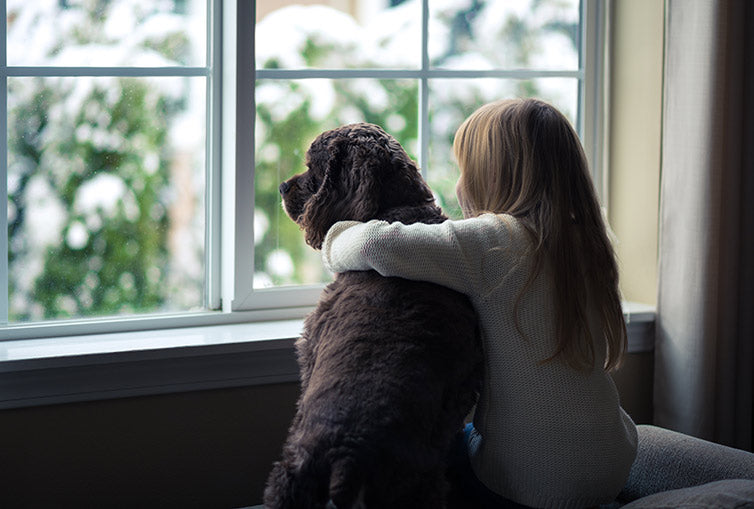Preparing for Emergencies: Don’t Forget About Your Pet!
September is National Disaster Preparedness Month, which takes the time to remind and encourage you and other people to be prepared for disasters or emergencies that might occur out of the blue. It is around this time of year that several natural disasters are heard of all over the news, with so many hurricanes, tornadoes, and wildfires abound. With all this in mind, you may be wondering if you’re prepared enough if one were to hit your hometown. While you may feel secure, have you ever considered if your pet feels the same way? Here are some ways that you and your pet can remain safe during a natural disaster if one were to ever occur.

Since the tragedy of Hurricane Katrina, more laws have been passed to accommodate animals into emergency protocols. While this is helpful, it does not mean the pet owner themselves should not be prepared as well. In any situation, your pet should have proper identification on them at all times including their name and your phone number. If it has not already been done so, getting a pet microchipped is a smart option if a collar ends up lost. Of course, make sure the information stays updated so you are sure to receive information about your pet in the case of emergency. If your pet is frightened in the commotion and somehow loses sight of you, then someone can help retrieve them. In the need of evacuation, dogs or cats should be transported via crates or leashes as many shelters enforce this rule. On the topic of evacuation centers, it is important to take note of where the nearest shelters are and if they permit pets. Doing some prior research should answer these questions and assure that you will not be turned away in your time of need. If none of the local areas allow pets, it may be time to search for other alternatives. Traveling away from the disaster site before it hits is an option and many areas can offer pet-friendly hotels or inns to stay at until time permits. If possible, staying at a friend or relative’s place is also good to try.
In addition to where to go or what to do, it is just as important to know what to bring in the case of a disaster. Just like us, our pups and kitties need an emergency preparedness kit of their very own to suit their personal needs. For starters, a disaster kit should include at least five days’ worth of food, water, and any necessary medication they may require. Document-wise, you should have the contact information of the dog or cats’ veterinarian and medical records in a waterproof bag to avoid damage. Shelters may require proof of vaccinations, so this information will allow them entry into a safe place. In addition, keeping photographs and detailed descriptions of your pets can be an identifier if they somehow manage to run off. Other materials may include leashes, crates, first aid kits, and litter boxes or litter for felines. Not every part of the kit needs to be life-or-death oriented, either. Even small things such as a favorite treat or toy tucked away for later could be a lifesaver for your companion while they are scared or stressed out. Every pet is different, so pack to their specific needs and you should be alright.

Natural disasters are the last things people want to think about, but at least preparing for them can make people feel better. In those times of need, however, every second is precious and it is difficult to think straight. By preparing ahead of time for you and your pet, you both can live happy and ready for whatever the world throws at you, but more importantly, together.























